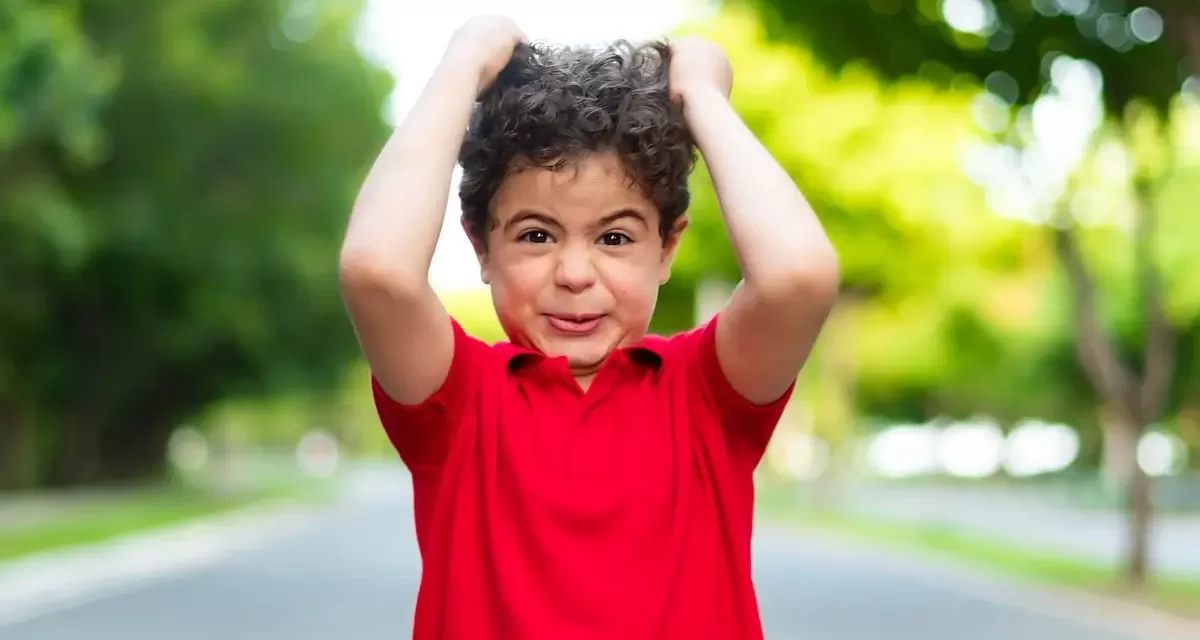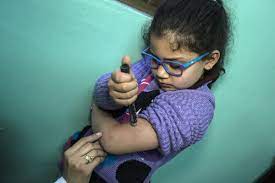The growing evidence of climate change’s effects on children’s health, particularly in relation to allergies and asthma, was a focal point at the American Academy of Pediatrics (AAP) annual meeting on September 28. Dr. Elizabeth C. Matsui, a professor of population health and pediatrics at the University of Texas at Austin Dell Medical School, emphasized the urgent need for pediatricians to understand, address, and communicate climate-related health risks with their patients and families.
Connecting the Dots
“Climate change is not just a distant phenomenon,” Dr. Matsui noted. “It’s impacting our patients right now.” She highlighted that while the large-scale nature of climate change can seem overwhelming, pediatricians must recognize its direct implications on the health of children, especially those at risk of asthma and allergic diseases.
Dr. Charles Moon, a pediatrician and fellow in pediatric environmental health, echoed these sentiments, emphasizing the increasing awareness within the pediatric community. “More pediatricians are tuning into the issue and understanding the dangers. The most important thing now is to figure out solutions that can be applied on a local level,” Dr. Moon said.
Health Risks on the Rise
Children are uniquely vulnerable to the effects of climate change. The Environmental Protection Agency’s (EPA) 2023 report projects that a 2°C rise in global temperatures will result in 34,500 more pediatric asthma cases and 228,000 additional cases of allergic rhinitis each year. The report also forecasts a rise in asthma-related hospitalizations and emergency department visits.
One major contributing factor is the prolonged pollen season due to warmer temperatures and higher carbon dioxide levels. Additionally, increased moisture is fostering the growth of dust mites, and warmer winters are allowing rodent populations, such as mice, to thrive. This is concerning because allergens from rodents are significant triggers of asthma, especially in low-income urban settings.
Air Pollution and Respiratory Viruses
The link between climate change and air pollution is another cause for concern. As the frequency of extreme weather events such as wildfires, droughts, and dust storms increases, so too does the severity of air pollution, particularly with stagnant air that traps pollutants. This pollution exacerbates asthma, contributes to lung damage, and heightens sensitivity to allergens.
Moreover, pediatricians are witnessing an increase in respiratory viral infections, such as respiratory syncytial virus (RSV), which are driven by fluctuating weather patterns. These infections are further aggravated by poor air quality, which increases susceptibility to respiratory diseases.
The Disproportionate Impact on Disadvantaged Communities
Dr. Matsui pointed out that children from disadvantaged communities bear a heavier burden of these climate-related health issues. “Poverty is associated with increased vulnerability due to poorer housing, greater exposure to pollutants, and limited access to healthcare,” she said. Communities with fewer resources are more likely to experience the compounded effects of air pollution, heat islands, and increased flooding risks.
Mitigation, Adaptation, and Resilience
Dr. Matsui outlined three key interventions that pediatricians should focus on: mitigation, adaptation, and resilience. Mitigation strategies involve reducing greenhouse gas emissions and pollution. Adaptation requires pediatricians to advocate for better infrastructure, including air conditioning and urban planning to address heat islands. Resilience emphasizes creating systemic changes that prepare communities for future climate-related challenges.
Advocacy and Action
Pediatricians can play a critical role in raising awareness and advocating for policy changes. By educating families on how climate change can affect their child’s health and offering practical advice, such as installing air filters to combat wildfire smoke or ensuring asthma medications are stocked during severe weather events, pediatricians can help families adapt to these evolving risks.
The AAP provides several resources for pediatricians and families, including guides on discussing climate change and tools for assessing air quality risks. Dr. Matsui encouraged her colleagues to leverage these tools and engage in public advocacy to drive systemic changes that safeguard children’s health in the face of climate change.
Resources:
- AAP Climate Change Impact Videos and Guides for Families
- Ready.gov (Disaster preparedness)
- AirNow (Air quality index and safety)
As pediatricians navigate the complex landscape of climate change and its health implications, their role as both caregivers and advocates is more vital than ever.












